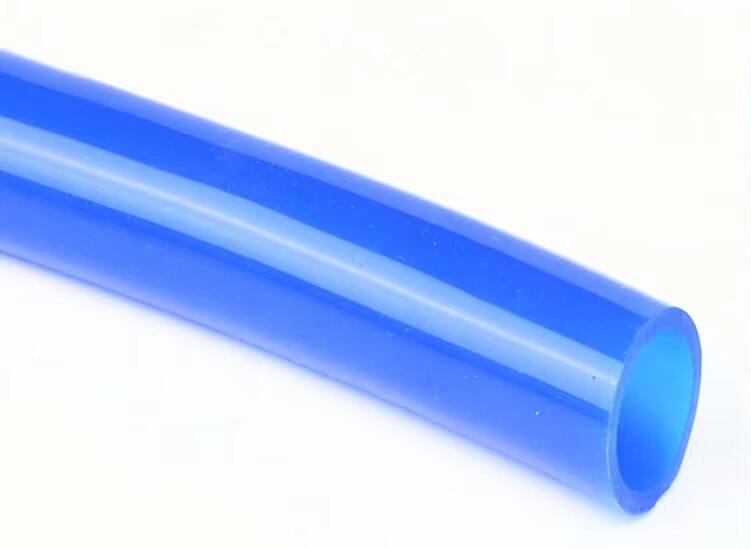Choosing the correct rubber hardness for different tasks is critical as it ensures maximum efficiency and optimum performance. As rubber hardness is measured on the Shore durometer scale, it has a direct impact on other critical features of the material, such as elasticity, durability, and resistance to wear and tear. We will analyze the reasons for rubber hardness selection and offer advice on how to determine the right hardness for certain tasks.
Understanding Rubber Hardness
Rubber hardness refers to the resistance the material offers to indentation, which is measured using a durometer. Softer rubbers like Shore A scale use softer rubbers and harder rubber compounds are measured on the Shore D scale. Defining the needs of your application is the very first step in order to choose the right rubber hardness. As an example, softer rubbers (Shore A 30-60) are good for flexible and shock absorbing uses such as gaskets and seals, while harder rubbers (Shore A 60-90) are ideal for use in tires and industrial rollers, where increased durability and wear resistance is required.
Factors Influencing Rubber Hardness Selection
In the selection process of rubber hardness, there are numerous factors to take into consideration, including:
Application Environment: Things like rubber's exposure to temperatures, humidity, or chemicals would all need to be taken into consideration. Take for example, the rubber compound used in hotter areas; its harsh environment would necessitate one with different hardness compared to a rubber used in cooler settings.
2. Mechanical Stress: How hard the rubber is stressed or loaded will be fundamental to its intended usage. Heavy weight applications or rubber in constant motion would need a tougher rubber to prevent constant deformation.
3. Desired Properties: Depending on the application, some may need to consider the rubber's characteristics like its tear resistance, compression set or tensile strength. Having knowledge of these factors helps in determining the proper rubber hardness to be used.
4. Cost Considerations: Soft rubber compounds are not very costly. However, the low cost does mean a lack of durability for long term applications. In such a case, a balance must be established between durability and value.
Testing and Validation
Assessing rubber hardness selection necessitates rigorous evaluation. This may include real-world performance testing of the rubber. It may also help to talk to rubber manufacturers since they know the best hardness options to meet your requirements. Most manufacturers offer samples for testing and this gives the opportunity to compare performance of different hardness levels relative to your requirements.
Industry Trends and Innovations
Research and development is focused on the rubber industry for these purposes. Striving towards sustainable options and increasing efficiency. Bio-based rubbers and composite materials are the recent trends alongside integrating smart technologies directly to the rubbers to enable real-time assessments on their performance. Eco-friendly materials, processes, and sustainable practices are likely to steer the selection to the rubber hardness pivots.
In conclusion, selection of rubber hardness for different applications is directly dependent on the understanding of the requirement, environment, and specifications of the material needed. These alongside industry trends allow for better decision-making to improve the performance and also the lifespan of rubber products in their applications.

